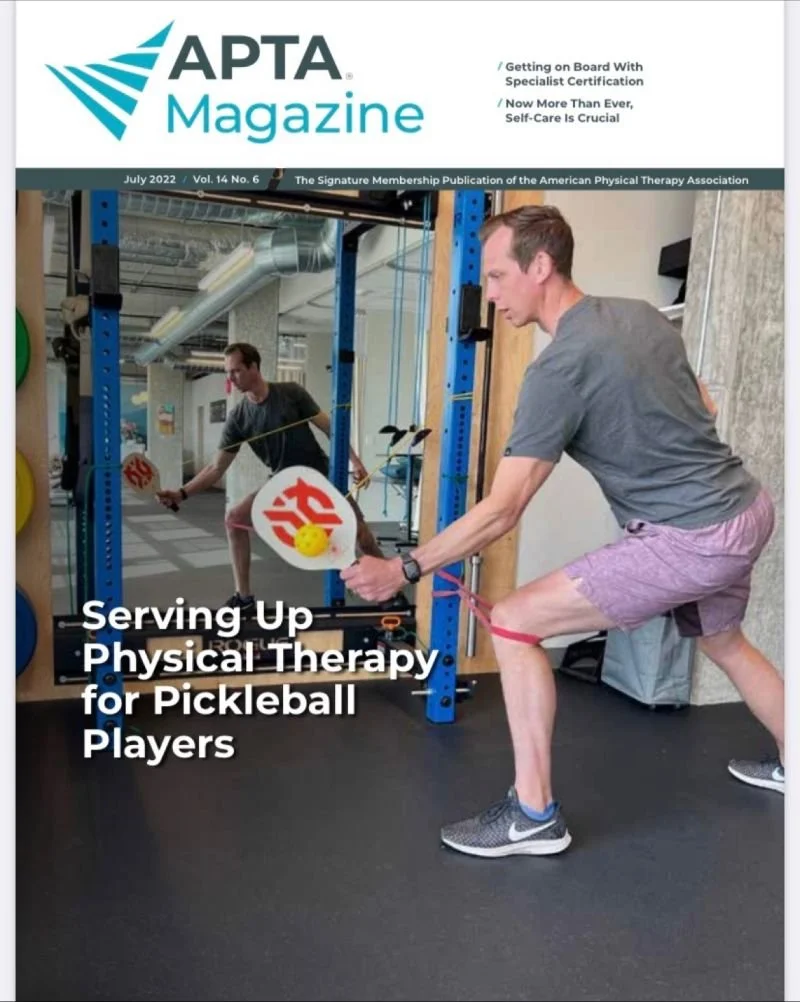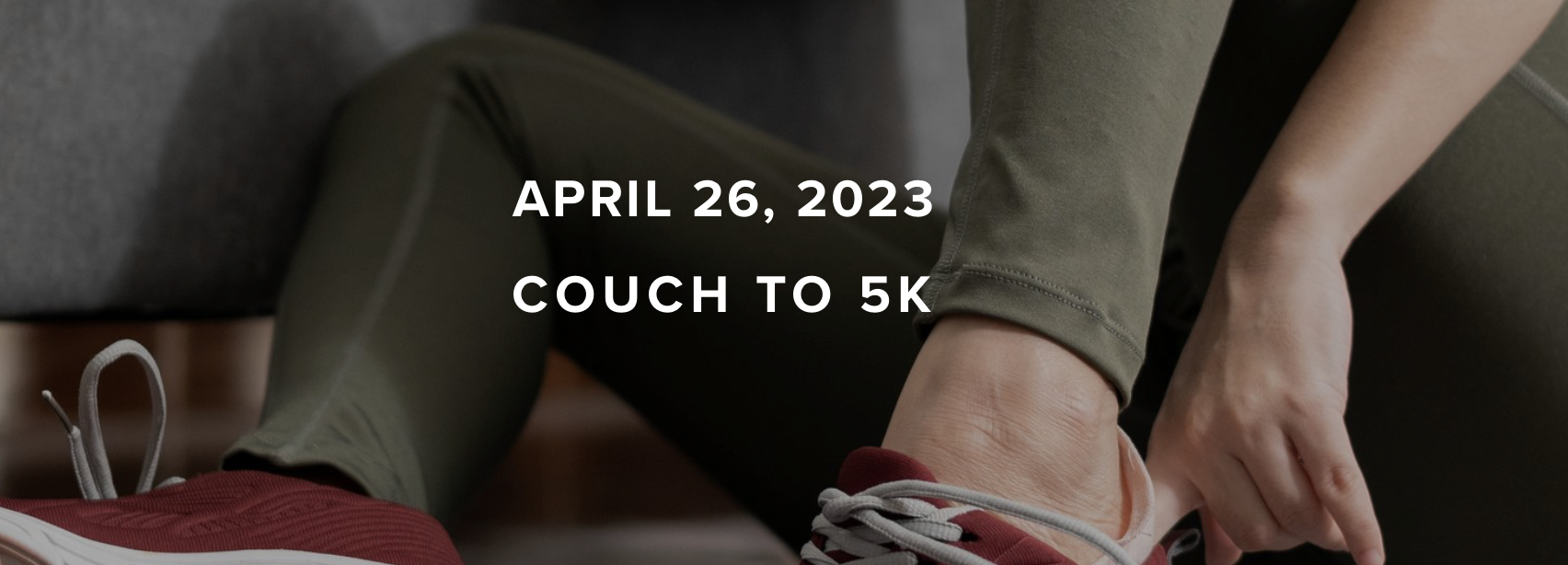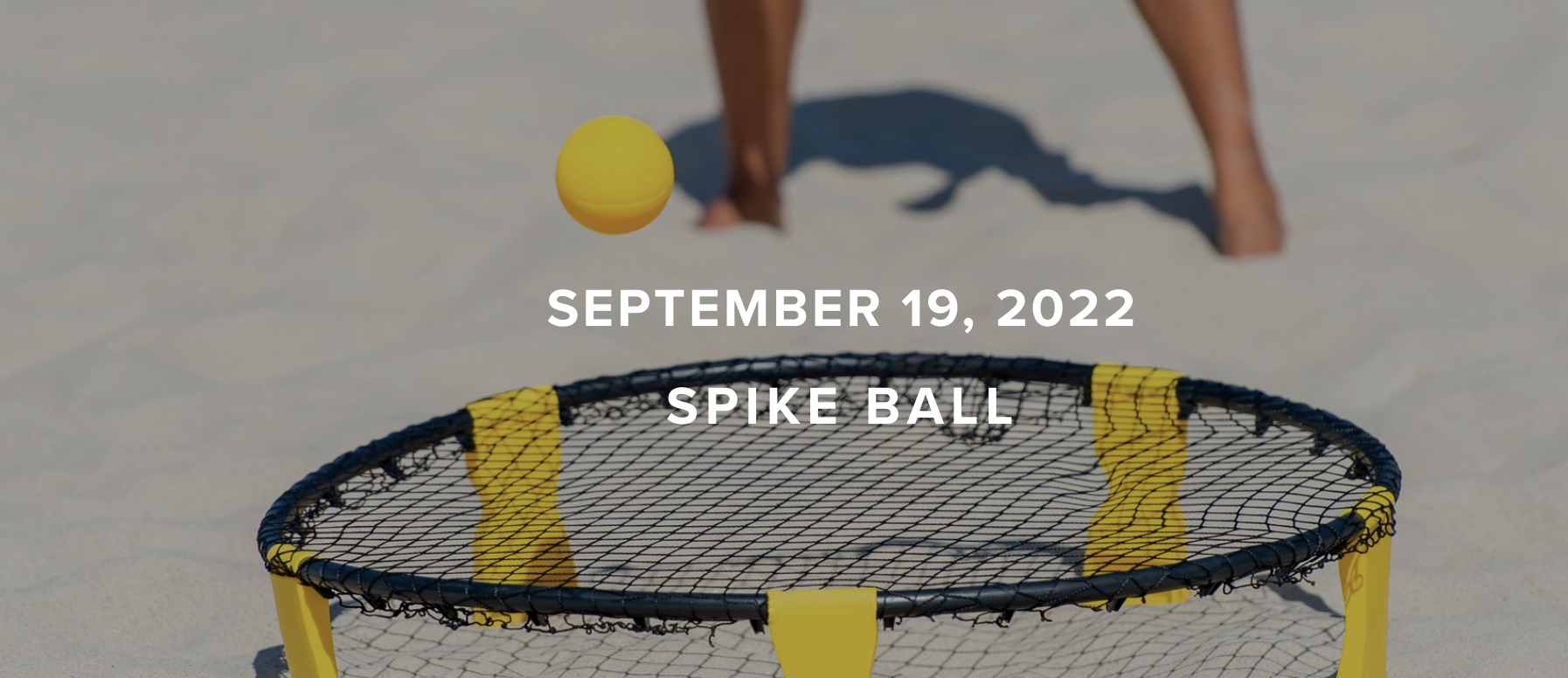Your Shoulder Will Fall in Love with Pickleball!
Several years ago, my family took a vacation down to the Palm Springs area. As we explored our resort community, we couldn’t help but notice several tennis courts and COUNTLESS pickleball courts! We were astonished by the number of players of all ages competing and having fun. It became clear to me that pickleball was not just a sport with a funny name. It was an incredibly popular game which made me want to learn more.
What is pickleball?
If you haven’t heard of pickleball, it is time to take notice of this emerging recreational sport that was first created in the Pacific Northwest in 1965! Pickleball is the fastest growing sport in North America, especially among the 55 and older crowd, however it is fun and competitive for all ages to play. Pickleball is easy to learn, promotes socialization and competition, and is a great form of low impact exercise.
The sport blends aspects of tennis and ping pong together in an area approximately the size of a badminton court with a net 34” high. Players use flat wooden paddles to chase after a perforated plastic ball that bounces and moves through the air at a slower speed than a tennis ball. The smaller court size, lower net, and emphasis on an underhand serve creates some distinct advantages that can reduce injury risk compared to tennis. I specifically observed differences in the demands of the shoulder when watching players volley compared to other racquet sports.
Shoulder Injuries in Pickleball
To learn more about pickleball and shoulder injuries, I decided to ask a local, avid pickleballer who also happens to be an expert shoulder surgeon, Dr. Samuel Koo. Dr. Koo practices at ProOrtho in Kirkland, WA where he specializes in the prevention, diagnosis, and treatment of a variety of shoulder injuries. When Dr. Koo isn’t helping the community with their shoulder injuries, you can often find him on a nearby pickleball court. Dr. Koo first found pickleball about 3 years ago after he was introduced to the game by a friend. His current pickleball addiction is fueled by his history of playing tennis and ping pong.
When asked to compare tennis and pickleball, Dr. Koo says “The biggest difference between pickleball and tennis is that tennis places a premium on the overhead shot—mainly serves and overheads at the net—while pickleball is mostly a game played below your waist.” Given the underhand nature of the game of pickleball, one would expect a lower occurrence of shoulder injuries than in tennis where overhand serving is a major component of the sport.
If you have ever played or watched a game of pickleball, this distinct difference is easy to appreciate. The shorter paddle, slower ball speed, lower net, and smaller court does not place the same demands on the shoulder, or body in general, as in tennis. With the shoulder moving through lower, quick paddle swings near the body, there tends to be less demand into the end ranges of shoulder motion which can reduce the stress on muscles and ligaments surrounding the shoulder joint. Conversely, when the arm quickly accelerates and decelerates through an overhead swing, there are greater demands on the dynamic stability of the shoulder. In pickleball, this type of racquet activity is less common.
Are Pickleball shots below the belt?
According to Dr. Koo, “With the majority of shots at or below the waist, pickleball can give relief to the shoulder that most overhead athletes may suffer from.” The elbow and wrist create much more of the paddle speed than the shoulder for the majority of the shots, essentially reducing stress to the shoulder. This is especially beneficial for players that have mild or moderate shoulder osteoarthritis, range of motion limitations, or a history of rotator cuff injury.
If you have a history of shoulder pain, pickleball may be a fun way to stay physically active. Dr. Koo emphasizes that “if you are looking for a sport that can provide some daily exercise without stressing your shoulders too much, pickleball may be the sport for you.” Although one would expect a lower occurrence of shoulder injuries than in tennis where overhead serving is a major component of the sport, there is still a risk for a variety of other upper and lower extremity injuries in pickleball. If you have questions regarding your shoulders and playing pickleball, please reach out to our team at Lake Washington Physical Therapy West Seattle or contact Dr. Koo at his office in Kirkland. Our goal is to help you optimize your movement so that you can start, or continue to play, this outstanding recreational sport!
AUTHOR:
Mark Bouma DPT, OCS, COMT, CSCS, FAAOMPT, CFI
CONTRIBUTORS:
Dr. Samuel Koo, MD
Orthopedic Surgeon and Pickleball Competitor
Ben Wobker, PT, MSPT, CSCS, CFSC, SFMA
MORE BLOGS
MORE WEBINARS
For more information on pickleball in the Seattle
Seattle Metro Pickleball Association: www.seattlemetropickleball.com
Time for Pickleball: www.timeforpickleball.com
Pickleball Station: www.pickleballstation.com
USA Pickleball: www.usapickleball.org











